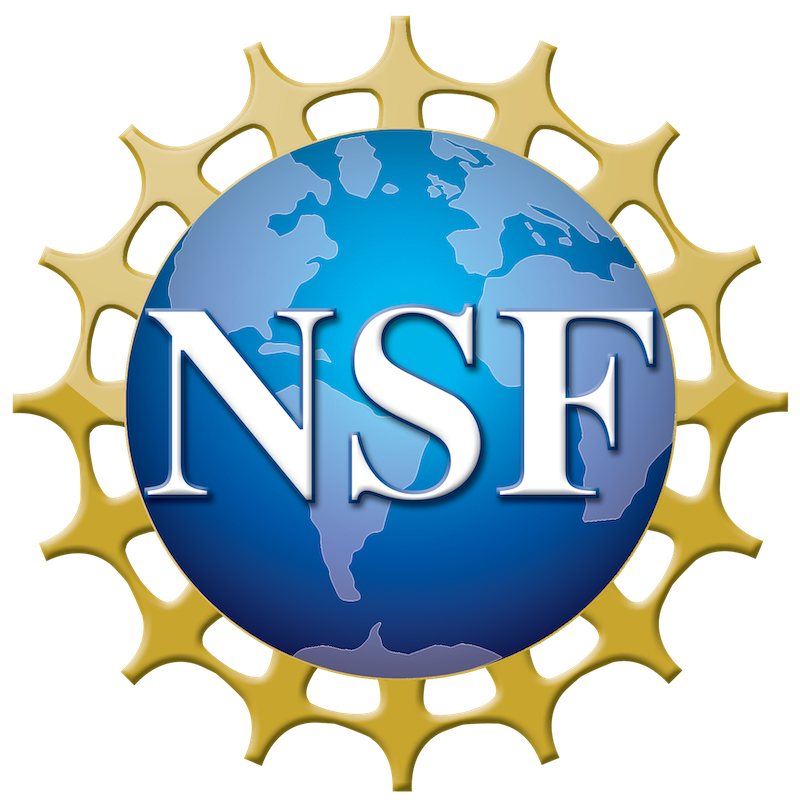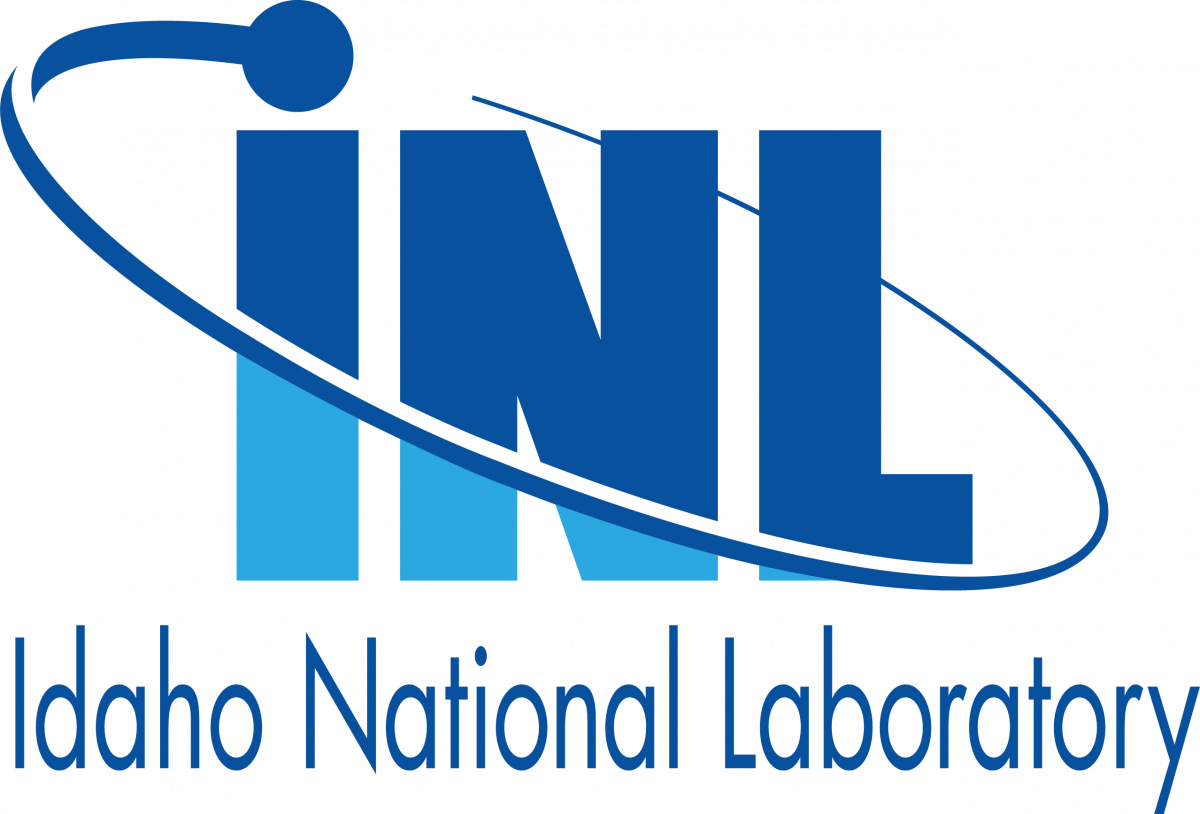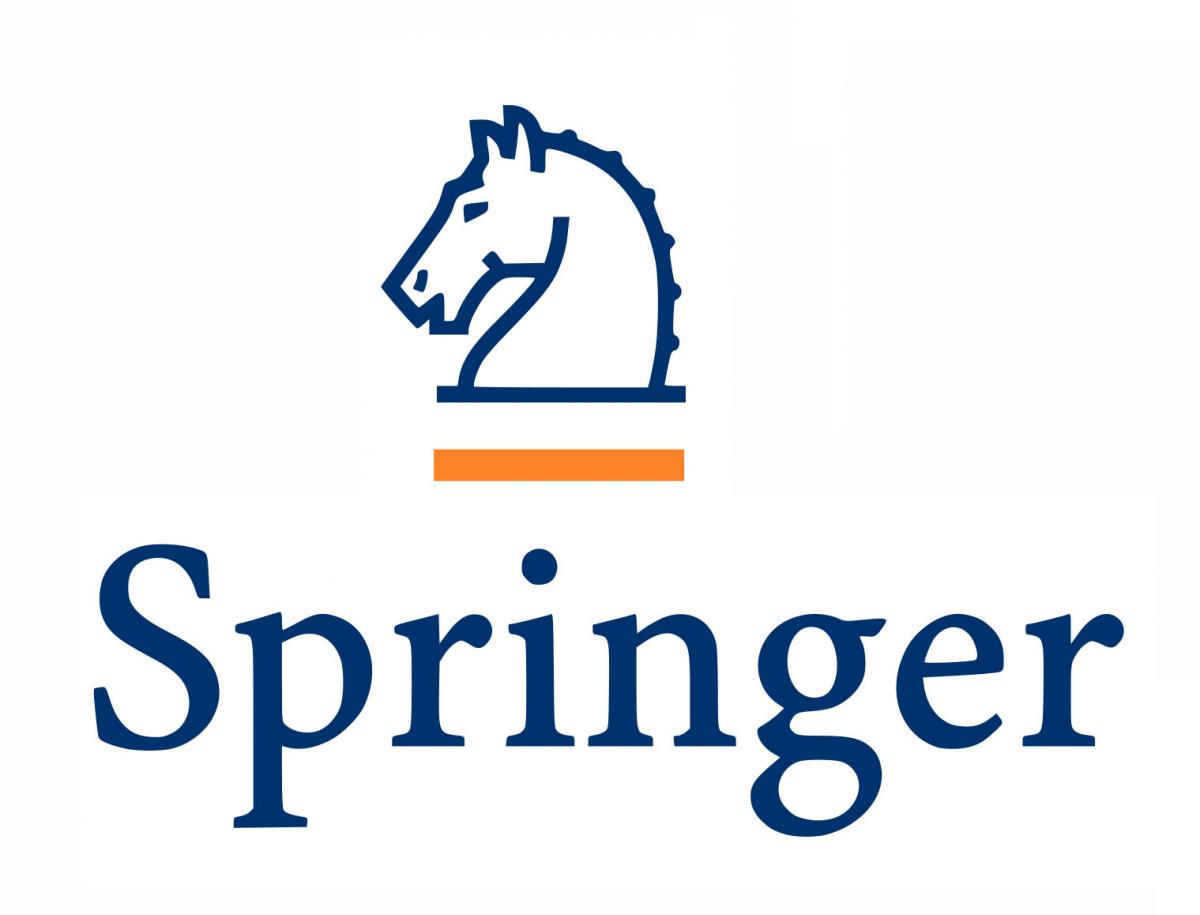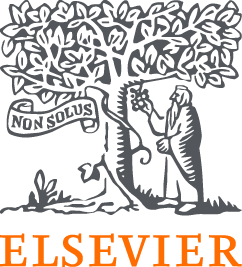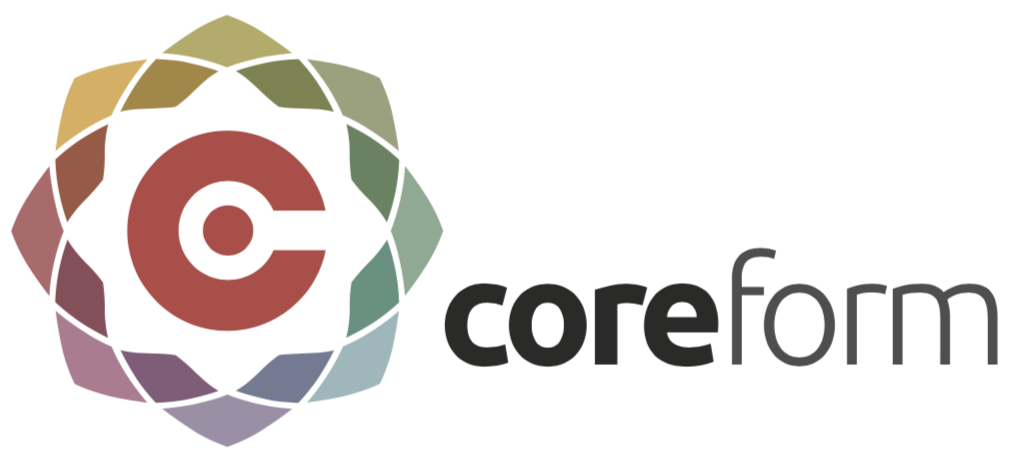Computer simulations dramatically evolved to become predictive but they remain time-consuming. This short-course presents a new Python open-source code designed to accelerate material simulations under nonlinear and irreversible deformation: CRATE.
Clustering-based Nonlinear Analysis of Materials (CRATE) performs accurate and efficient multi-scale nonlinear analyses of solid materials by leveraging first-order computational homogenization and clustering-based reduced-order models. Provided a given microstructure, it admits general nonlinear constitutive models, allows the enforcement of general non-monotonic macro-scale loading paths, and delivers several output files for a suitable post-processing. Particular focus is given to a clustering-based reduced-order model called Self-consistent Clustering Analysis (SCA) [1], which is adopted to solve the micro-scale equilibrium problem. A recently proposed extension coined Adaptive Self-consistent Clustering Analysis (ASCA) [2] is also covered, where clustering adaptivity is leveraged to handle localization and damage phenomena.
The learning objectives of this course are the following:
- Determining mechanically-informed material clusters with unsupervised machine learning (offline stage);
- Fast prediction of material's response (online stage);
- Learning the code structure from characterization of microstructure, property prediction to post-processing of results;
- Learning how to extend CRATE with user-defined features (e.g., constitutive models and clustering algorithms) for solving new problems.
[1] Liu, Z., Bessa, M., and Liu, W. K. (2016). Self-consistent clustering analysis: An efficient multi- scale scheme for inelastic heterogeneous materials. Computer Methods in Applied Mechanics and Engineering, 306:319–341.
[2] Ferreira, B.P., Andrade Pires, F.M. and Bessa, M.A., (2022). Adaptivity for clustering-based reduced-order modeling of localized history-dependent phenomena. Computer Methods in Applied Mechanics and Engineering, 393.
Program:
|
Duration |
Description |
|
1h00 |
Part 1: SCA fundamentals |
|
10 min |
Break |
|
1h30 |
Part 2: SCA's offline-stage Description of CRATE´s API and code structure. Hands-on examples on fast linear elastic simulations, clustering features and algorithms, and computation of clustering interaction tensors. |
|
10 min |
Break |
|
1h30 |
Part 3: SCA's online-stage Description of CRATE´s API and code structure. Hands-on examples on integration of constitutive models, enforcement of general loading paths, solution of Lippmann-Schwinger equilibrium equations, and post-processing of results. |
|
10 min |
Break |
|
1h30 |
Part 4: ASCA fundamentals and showcases |
|
Closing Remarks |
|


